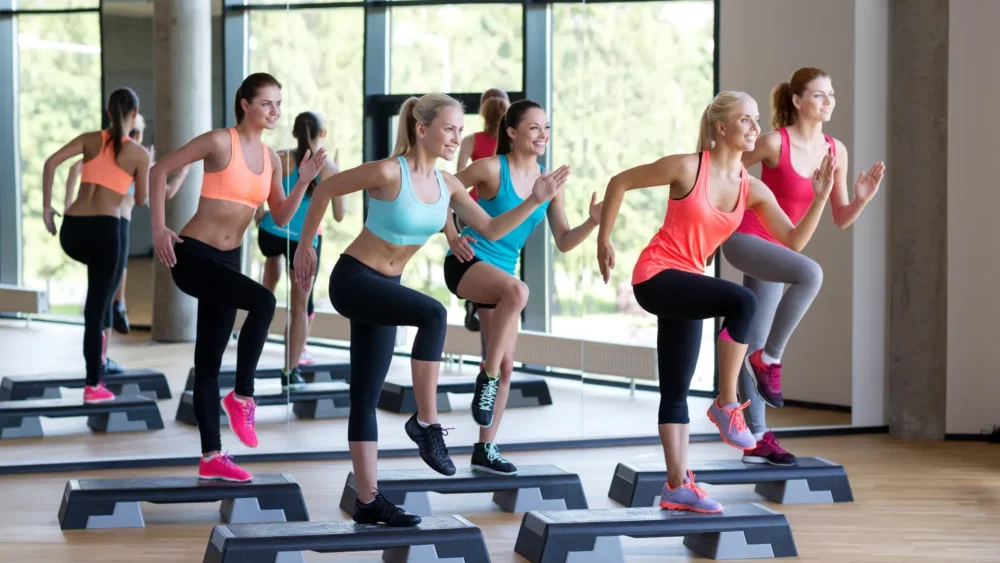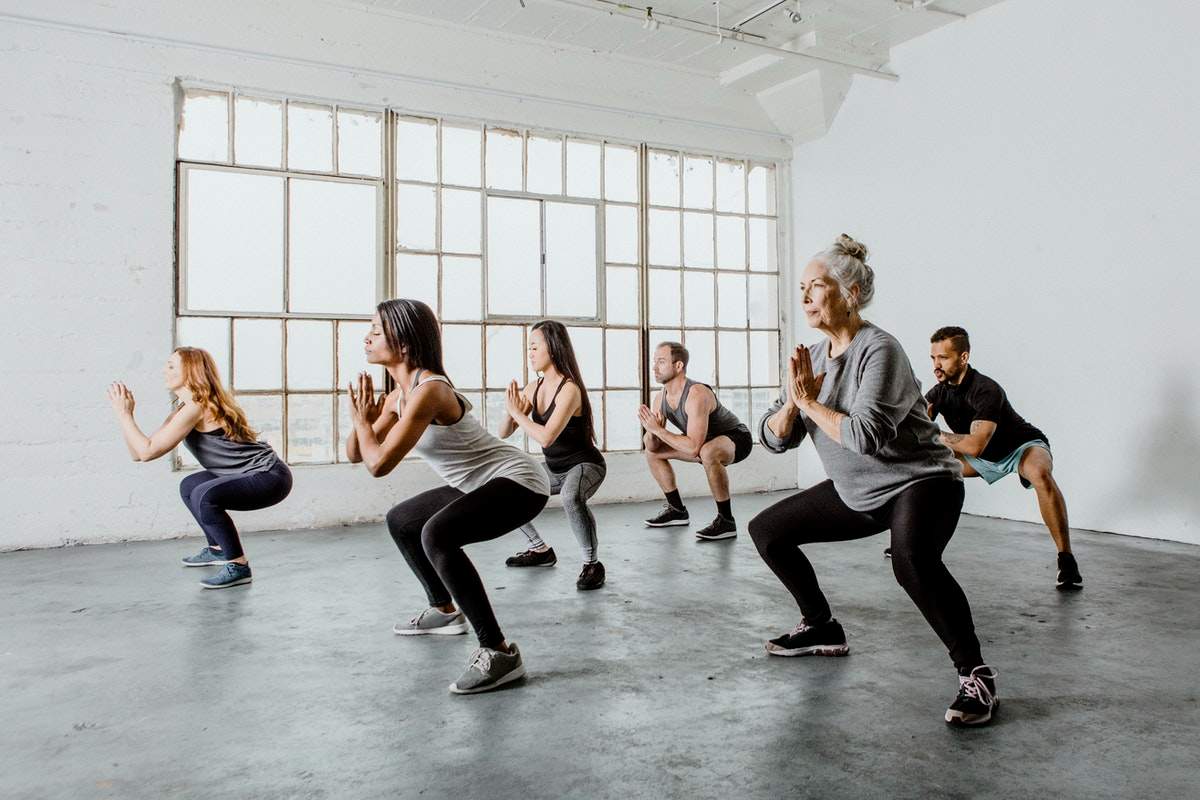When choosing a yoga studio near me, most people instinctively prioritise convenience — but there’s more to location than cutting down travel time. In fact, the physical setting of your yoga studio plays a significant role in your overall experience, from your state of mind before class to how consistently you attend.
While the class type, instructors, and studio facilities often take centre stage, the geography of your yoga journey deserves equal attention. Let’s dive into how a studio’s location can either support or sabotage your practice — and why proximity is only one piece of the puzzle.
The Psychology of Distance: Convenience Drives Commitment
You might start your yoga journey with high motivation, but maintaining consistency requires structure and convenience. Studies have shown that people are more likely to maintain healthy habits when the barriers to entry are low.
Why location matters:
-
You’re more likely to attend regularly if the studio is within walking distance or along your daily route.
-
Shorter travel time reduces excuses like “I’m too tired to go” or “Traffic is bad.”
-
A nearby studio allows for flexibility in schedule, making it easier to pop in before or after work.
This is especially important in Singapore, where hectic work hours and frequent MRT travel can influence your energy levels by the end of the day.
Environmental Energy: How Surroundings Influence Your State of Mind
Your mindset as you enter a yoga class affects how present, calm, and receptive you are during the session. The surrounding environment of your studio can either help you unwind or add more stress.
Urban vs. Greenery
-
Urban location: While accessible, studios in dense areas may expose you to noise, crowds, and visual clutter.
-
Green surroundings: Studios near parks or quieter residential areas often provide a sense of peace even before class begins.
Even walking to a tranquil studio, passing by trees or natural elements, can lower cortisol levels before you even roll out your mat.
Noise and Vibration
External noise — honking cars, construction, or MRT lines — can interfere with deep breathing and meditation. Studios that have considered their location’s soundscape tend to offer a better quality of practice.
Proximity to Daily Life: Seamless Integration into Your Routine
The best yoga routine is one that blends seamlessly into your life. Choosing a studio near places you already frequent can make attendance feel natural, not forced.
Ideal locations include:
-
Near your office for pre-work or lunchtime sessions
-
Close to home for early morning or evening routines
-
Along your commute, so you don’t need to reroute your schedule
Studios like Yoga Edition are often strategically placed to cater to both residential and commercial areas, making it easier for different lifestyle needs.
Energy Flow: The Subtle Impact of Space and Setting
Traditional yogic philosophy values the energy (prana) of a space. Even without subscribing to esoteric beliefs, many people can feel whether a studio space is calming, neutral, or chaotic. The physical location contributes to this.
A studio that is:
-
Located on higher floors away from street noise
-
Well-ventilated with natural lighting
-
Accessible yet shielded from external distractions
will generally foster a deeper, more focused experience.
Safety, Accessibility, and After-Class Benefits
Your sense of safety and comfort begins from the moment you leave your house. A conveniently located studio should not only be close but also easily accessible and safe.
Consider:
-
Is the studio near a safe carpark or within walking distance from public transport?
-
Are the paths well-lit if you attend evening classes?
-
Can you reach it easily even during rain or peak traffic?
Additionally, nearby cafes, juice bars, or wellness shops can enhance your post-class routine. Many practitioners enjoy integrating a short wind-down period after yoga — such as sipping a herbal tea or journaling at a quiet café.
Avoiding Commute Stress: The Mental Benefit of Short Travel
Even the best class can be undermined by a stressful commute. When your journey to class is long or unpredictable, you may arrive flustered or anxious — and that energy stays with you.
On the flip side, a short, peaceful commute helps:
-
Calm the nervous system before class
-
Preserve your post-practice bliss
-
Encourage spontaneous class attendance
Shorter travel time also means fewer logistical concerns, making yoga feel like a rewarding pause, not a scheduling burden.
Tips for Choosing a Yoga Studio Based on Location
Before committing to a studio, consider these location-based factors to ensure long-term compatibility:
-
Travel Time: Is it under 20 minutes from either home or work?
-
Transport Options: Is there nearby MRT or bus access? Are there convenient parking options?
-
Surroundings: Does the area feel safe, clean, and quiet enough to support mindfulness?
-
Timing: Are classes scheduled at times that align with your daily routine?
-
Lifestyle Fit: Can you combine class with other habits — like grocery runs, café stops, or walks?
Make sure you attend at least one trial class at different times of the day to get a real sense of what the location feels like at your preferred schedule.
Real-Life Scenarios: Why Location Made All the Difference
-
Case 1: A student initially joined a popular studio 45 minutes away, but after a month, attendance dropped. Once she switched to a local studio just 10 minutes from home, she began attending regularly and saw progress.
-
Case 2: A working professional began taking early morning classes at a studio between his home and office. The convenient detour meant he could still reach work on time while benefiting from a calm start to the day.
These examples show that when the location is aligned with your lifestyle, yoga becomes a consistent, effortless habit.
FAQ
Q. Is it better to choose a studio near home or work?
A. It depends on when you plan to attend. Morning or evening sessions often work better near home, while lunchtime or post-work classes are easier near your office. Choose what feels most sustainable.
Q. Should I avoid studios in crowded urban areas?
A. Not necessarily. Some studios in urban zones are well-soundproofed and offer peaceful interiors. However, be mindful of your comfort with noise, crowd levels, and access.
Q. Can location affect my motivation to attend regularly?
A. Yes. Longer or more stressful commutes can lower motivation, especially on busy or low-energy days. A closer, accessible studio increases your chances of showing up consistently.
Q. Is it worth compromising location for better instructors or classes?
A. It depends on your priorities. If a studio’s teachers or offerings are truly unmatched, a longer journey might be justified. But for long-term practice, balance is key.
Q. What if the perfect studio is slightly out of the way?
A. Consider attending it on weekends or non-working days, while keeping a more conveniently located studio for weekday sessions. A mix-and-match approach can work well.





